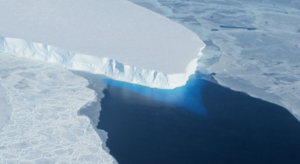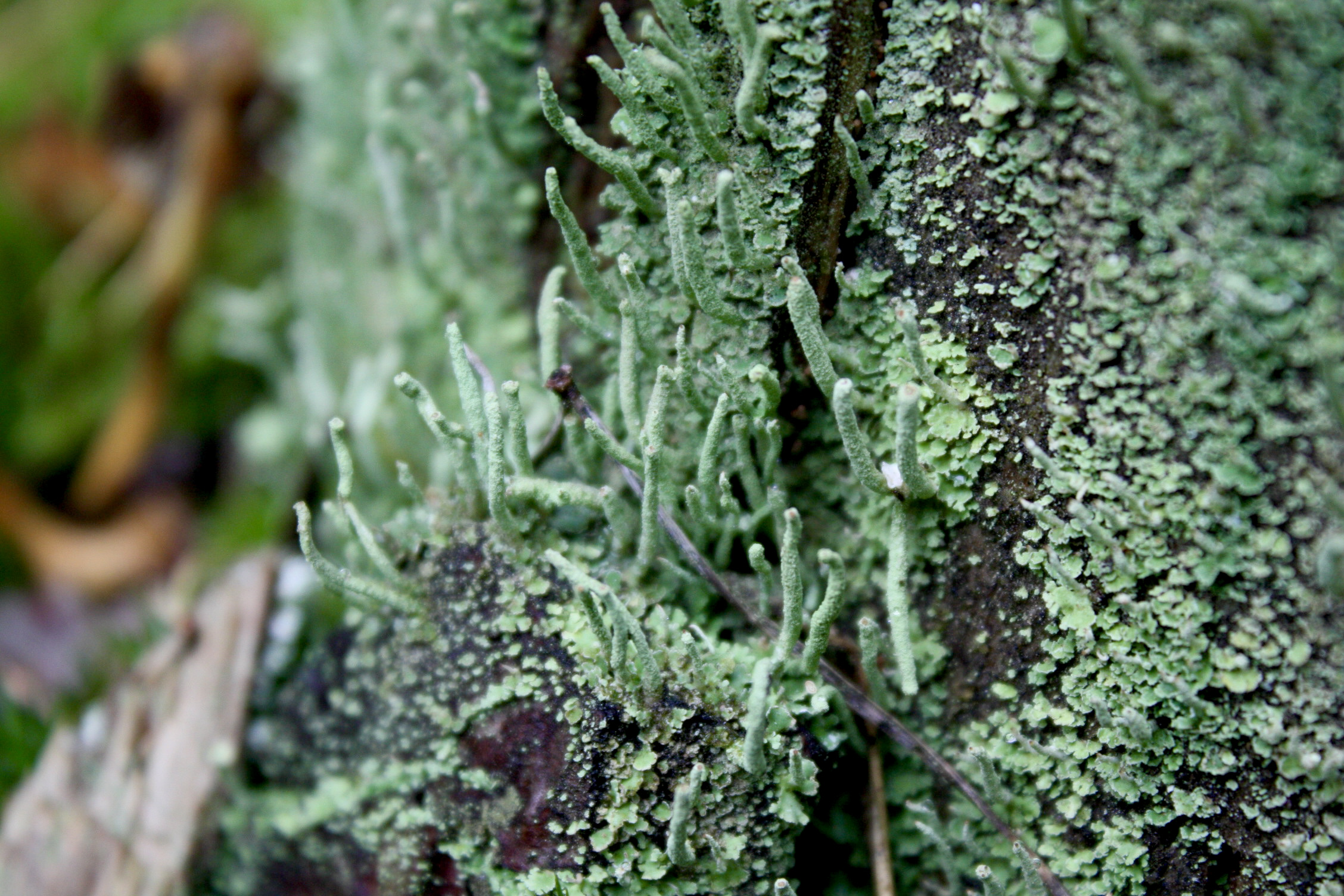By Pascal Dinglinger

Figure 1 – The Thwaites (Doomsday) Glacier Tongue in West Antarctica. The extent of its area is more than twice the size of Austria, and it is considered an important indicator of the impacts of climate change. For this reason, The Glacier is the focus of numerous studies using mathematical modeling, such as those conducted by the International Thwaites Glacier Collaboration (ITGC).
What do bridges, airplanes, and climate have in common? They can all be described using various mathematical models. But how exactly do these models work, and what role does mathematics play in them? Join us on a short journey through a world full of complex phenomena. Find out here about the role mathematical models play in practice. We’ll show you how they can help us better understand climate change and enable researchers to calculate the impact of gigantic glaciers like Thwaites on global sea levels.















Recent Comments